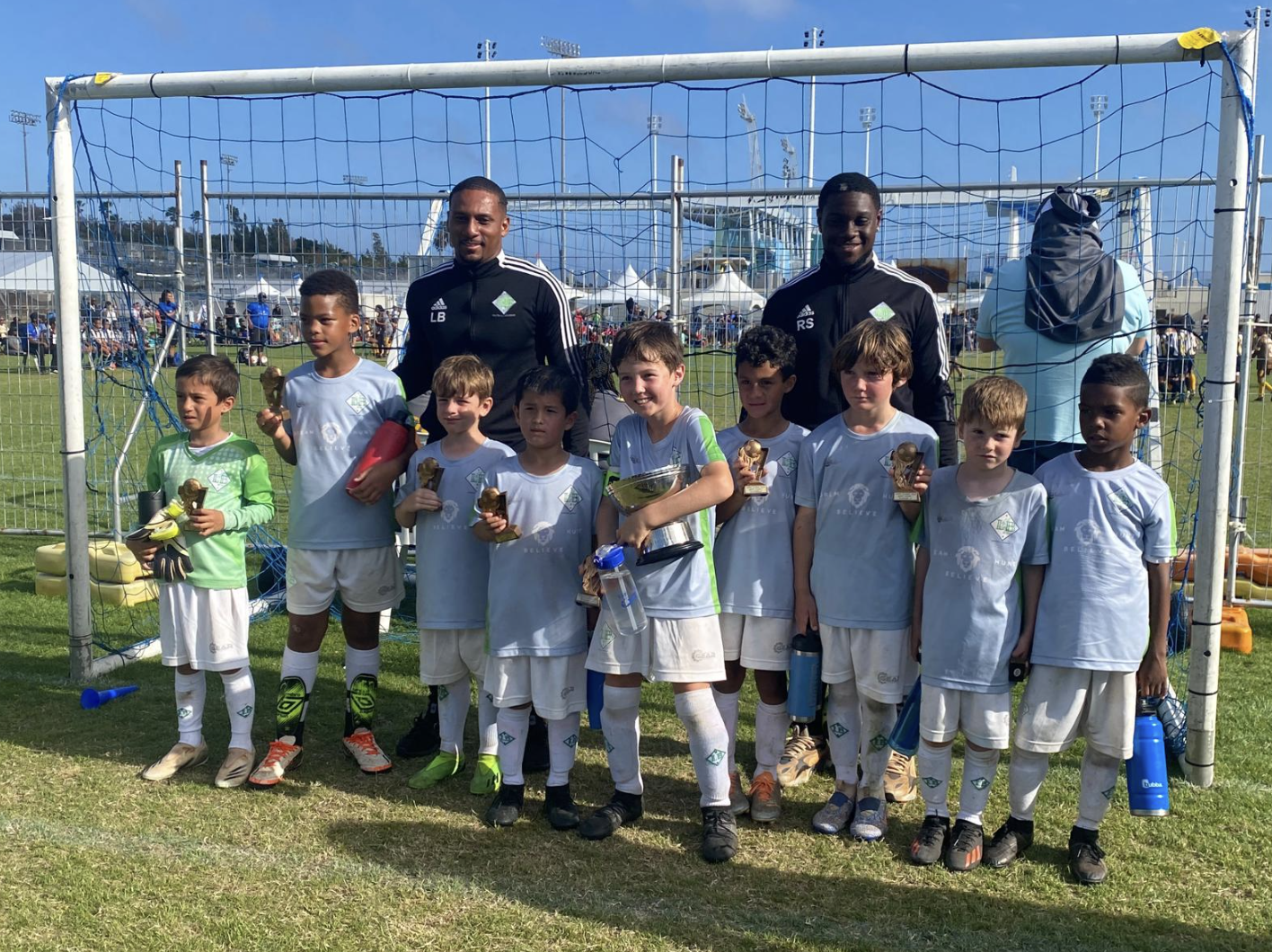
Goalkeeping is one of the most crucial and specialized positions in soccer. It demands agility, precision, and mental toughness, qualities that can set your child apart on the field. To excel in this demanding role, young goalkeepers must continuously refine their skills with targeted drills designed to enhance their reaction times, handling, and decision-making under pressure. Here are five essential drills that are fundamental to nurturing elite goalkeeping skills in young athletes.
Cone Drills for Agility
- Agility is essential for goalkeepers to effectively cover the goal area and make crucial saves. Setting up a series of cones in various patterns, kids navigate these courses quickly, enhancing their footwork, boosting speed, and increasing their ability to change direction swiftly. Practicing short sprints and sudden stops also mimics the quick movements required during matches, making these drills fun and engaging for young players.
Ball Handling Exercises
- Secure ball handling is key to preventing rebounds and securing the ball during play. Encourage your child to practice various catching techniques using different sizes and types of balls to replicate game situations. Drills that include throwing a ball against a wall and catching it on its return not only improve hand-eye coordination but also build grip strength, which is crucial for young goalkeepers.
Reflex Training
- Sharp reflexes can make the difference between a good and a great young goalkeeper. Reflex training drills should include having a coach or another player shoot balls at high speed from close range, requiring quick, reactionary saves. Using reaction balls that bounce unpredictably can also sharpen reflexes and improve a young player's response time to sudden changes, which are common during matches.
Positional Awareness
- Proper positioning is crucial for blocking shots effectively. Drills focusing on positioning should involve scenarios where your child adjusts their position based on the movement of the ball and attacking players. Using a combination of live players and static dummies can simulate real-game movement and decision-making, helping them understand the dynamics of game play.
Communication and Leadership
- Effective communication is vital for organizing the defense, and as parents, encouraging your child to command the area vocally during practice can boost their confidence. Include drills where they are responsible for directing the movement of defenders during set pieces or play buildups. This not only enhances their leadership skills but also their ability to control the game from behind the lines.
Develop Your Child’s Goalkeeping Skills Further
These drills are just the beginning of what it takes to develop into a top goalkeeper. Consistent practice, along with professional coaching, will further refine your child’s skills and mental toughness—essential qualities for mastering this challenging position. For more information on training programs that focus on goalkeeping, check out our goalkeeping training sessions where your child can learn advanced techniques and strategies from seasoned coaches.
Goalkeepers are the last line of defense and often the first point of attack. By integrating these drills into their regular training routine, your child can significantly improve their performance and confidence on the field. Remember, the key to becoming an exceptional goalkeeper lies in continuous improvement and a relentless pursuit of excellence.